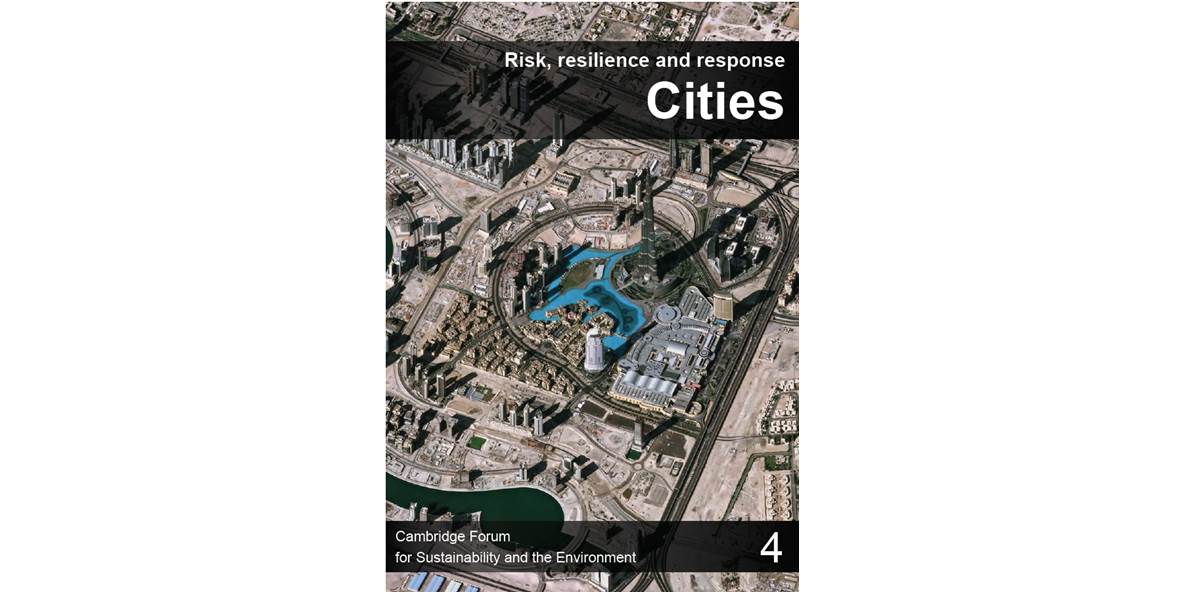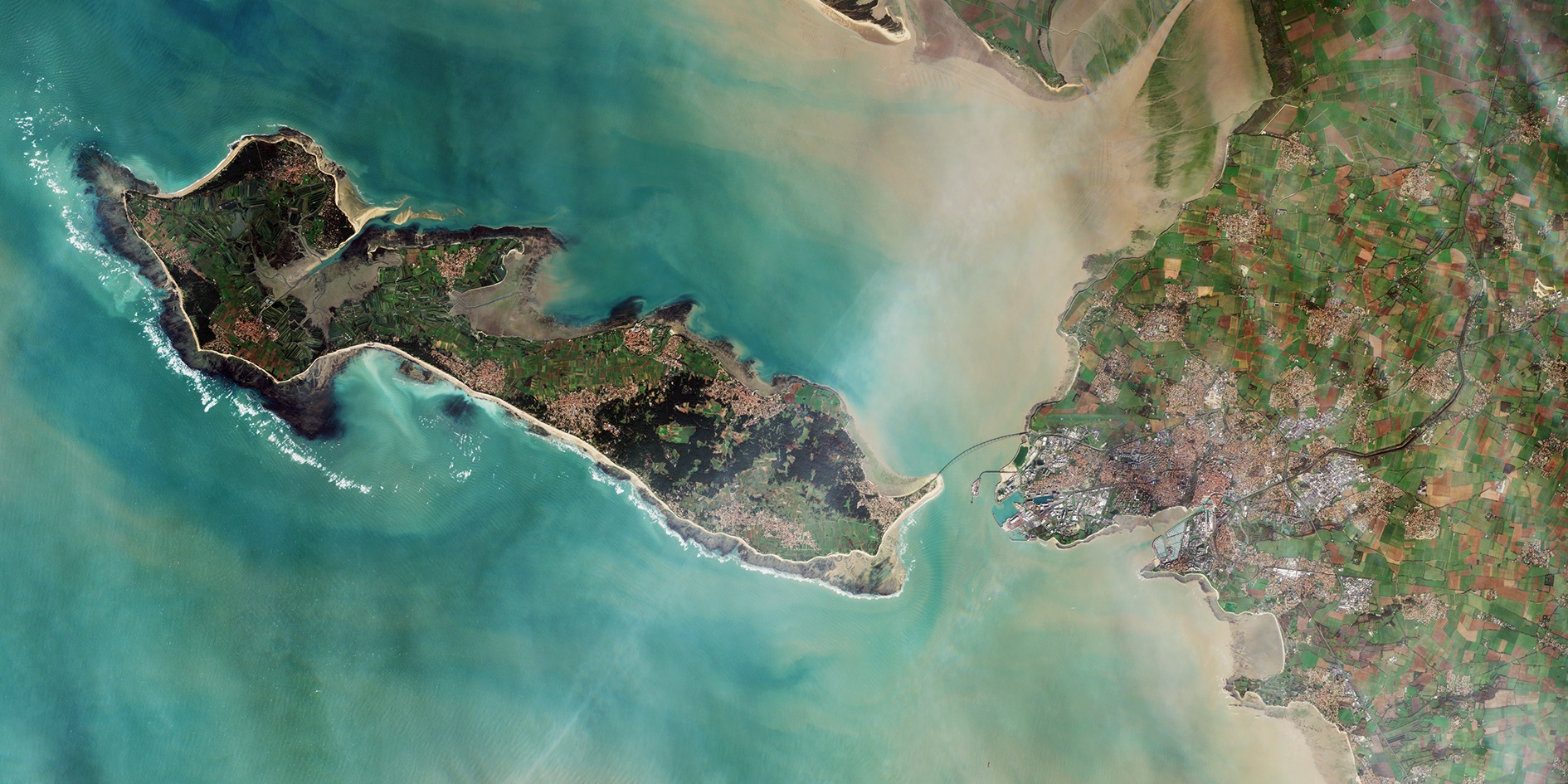
In January, February and March 2016, we focused on resilience in cities and ways in which big data and technology will shape the way we view and live in them in the future.
The meetings this term built on some of the questions that framed our discussions during our first topic, sustainable cities, between October 2013 and June 2014 .
In January and February, we discussed new ways to layer social, economic and environmental datasets in order to assess risk and resilience in cities, and how vulnerable they are to short term shocks and long term changes in the environment. In March, we turned to catalyzing change and ways that cities can become more resilient in practice.
A bird's eye view of our discussions
One of the key topics of the three meetings was the level of our current understanding of the nature of risk and resilience. This was encapsulated by Dr Emily Shuckburgh, who identified four areas that need improvement so as to support resilience: more data collection and processing, particularly at the local level; metrics for risk, mitigation and adaptation; instruments for considering uncertainty in decision-making; and the interface between various key stakeholders of the scientific, legal and political community, amongst others. The complexity of the topic means that resilience and risk are subjective continuums, which should be reassessed after catastrophes, rather than exact thresholds.
Dr Prathivadi B. Anand stated that there is a societal need to transparently decide what risk is acceptable and cost effective, as well as how much redundancy or resilience should be built into infrastructure. Mitigating every risk is impracticable. Striking a balance in this area is challenging as overdesigning can have unintended consequences, but is often desirable in buildings which need to function after a disaster. The general population is often not aware of risk, which can lead to complacency with regard to mitigation measures. Likewise, knowledge and experience about risk and resilience also needs to be shared between cities and institutions to increase overall preparedness for disasters.
Professor Danny Ralph, who introduced the work of the Centre for Risk Studies, also stressed this need. The Centre examined the economic loss of 300 major world cities resulting from catastrophes, and this process emphasised where there was a lack of knowledge and models that need to be addressed in risk management thinking, such as the difficulty of assessing all systems including the social, commercial and legal sectors. Assessing systems in across different areas, sectors and levels, is also a challenge, as Professor James Jackson highlighted. There is a disparity in the preparedness of countries exposed to earthquakes on the Pacific Rim and those in Continental Asia. The former are aware of the threat and have the wealth to enact policy. The latter, amongst other problems, struggles with complacency because of the large geographic distribution of earthquakes. In these areas, different approaches to mitigation and adaptation will be needed.
Choosing the best metrics for modelling risk requires on-going work, although the insurance industry perhaps provides a useful exemplar for considering risk. It has adopted catastrophe risk modelling and a consistent regulated framework which enforces consideration of 1 in 200 year risks. Rowan Douglas argued that sustainability and resilience should be viewed through this prism of risk and creating a coherent set of frameworks, metrics and a common language that links all the various sectors beyond just insurance is crucial. The specific metric of 1 in 200 year risk may not always be suitable as it can overlook large, rare risks. Again, society needs to consider what is an appropriate standard and how this may vary according to the local context. In New Zealand the standard for insurance is now 1 in 1000 years. Imposing minimum requirements on other organisations outside the insurance sector would force organisations to assess and disclose their risks and be fiscally responsible. More broadly, protection from climate risk could be considered a human right and the UN and OECD are starting to move in this direction.
There were numerous other challenges considered with regards to metrics. The interactions between different and successive catastrophes need more analysis, as do the direct and indirect effects of catastrophes outside the original impact centre. Events which have a wider impact, such as the eruption of the Icelandic volcano, Eyjafjallajökull, introduce more complexity and uncertainty into the models. A number of other uncertainties with regards to risk and resilience were also raised: How can new events that have no past analogue be modeled? How are abstract and less quantifiable challenges, such as threats to biodiversity of mental health issues in society, assessed and costed?
Sérgio Freire discussed the manner in which big data can be useful to answer some surprisingly fundamental questions about the state of global development that are necessary for understanding our current exposure to risk: what is a city, how many and where are they and what are their sizes and shapes? Professor Michael Batty explored another use of big data as an emerging tool in the context of transport planning. By being able to stream real time data for London public transport a synthetic baseline can be created, against which disruptions can be compared and resilience to the system assessed.
The use of big data is not without its difficulties. Incorporating risk metrics and dynamic big data into planning systems is another challenge that was emphasised by Dr Elisabete Silva. Currently planning systems are static and there needs to be flexibility in policy and decision-making to allow for changing scenarios and quick responses to dynamic data. Development planning needs to liaise with the insurance industry to increase resilience integration. Datasets need to be widely available, and the hoarding of data by private companies might diverge from wider societal goals such as inclusivity.
Big data and planning systems also need to adapt to the dynamic expectations of individual residents. For risk and resilience concepts to be successfully adopted there has to be communication and trust between communities and policymakers. The public needs to be involved in the decision-making regarding which areas can or cannot be sensibly protected from disaster due to a lack of finance or resources. This relationship between the various stakeholders, ranging from the government to the individual, including industry, law and finance was consistently mentioned throughout the forum, and it was observed that the role of an institution like Cambridge University and its various academic units, including this Forum, should be to help bridge these levels.
For more information about these meetings, please follow the links on the right or e-mail Dr Konstantina Stamati (ks712@cam.ac.uk).






